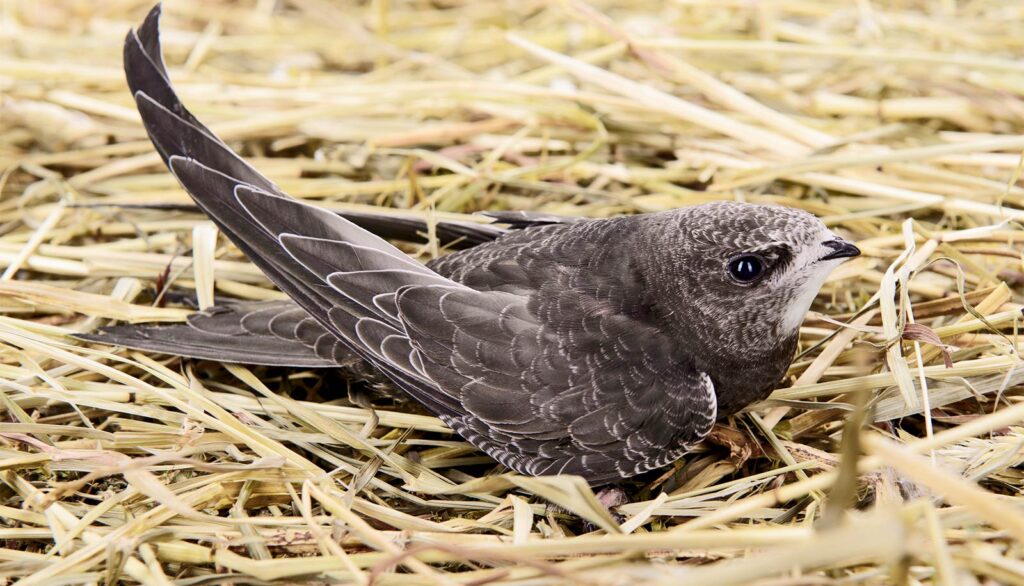Taking inspiration from the intricate artistry of a small bird’s nest-making prowess, a team of researchers from North Carolina State University has ingeniously crafted a nontoxic method for producing cellulose gels. The process, mimicking the freeze-thaw dynamics found in nature, stands out for its simplicity, cost-effectiveness, and versatility, offering a spectrum of applications. Among its notable applications, the cellulose gels produced through this innovative process prove to be instrumental in creating tunable gels, particularly suited for timed drug delivery.
What adds to the allure of this breakthrough is its adaptability beyond conventional cellulose sources. Not confined to one avenue, the process extends its capabilities to bamboo and potentially other plant fibers rich in lignin. This expansion of possibilities underscores the potential for a sustainable and diverse range of applications, unveiling a new frontier in the realm of biomaterials inspired by the elegant craftsmanship of nature itself.
Cellulose, a fantastic material for hydrogels used in things like contact lenses and drug delivery, often involves complex and toxic processes in its creation. Lucian Lucia, a professor at NC State, explains the usual challenges: “You have to dissolve cellulose using tricky and sometimes toxic solvents, making it a bit of a hassle.”
Inspired by the savvy Swift family of birds, known for using saliva to craft nests, the researchers asked, “What if we copy the birds?” Former Ph.D. student Zhen Zhang, now a co-corresponding author, played a key role.
The team mixed water-soluble cellulose (CMC) with an acid solution, then added powdered cellulose fiber. After four rounds of freezing and thawing, they got a structured cellulose gel. Lucian simplifies it: “Imagine thickening water, like making a pie filling. Changing the pH makes the water sticky. Freezing and thawing then help the cellulose organize itself, similar to how Swifts create nests, minus the beaks and saliva.”
Cool twist: Freeze-drying the gels resulted in cellulose foam. They even tried it with bamboo fibers, showing potential for other plant fibers.
These cellulose gels are tough, stay stable at room temperature, and can be tweaked to break down on schedule, making them handy for drug delivery. Lucian adds, “This eco-friendly approach mimicking nature opens up exciting possibilities for handling these tough materials.”
Their work, featured in Advanced Composites and Hybrid Materials, has Noureddine Abidi of Texas Tech University as a co-corresponding author.
